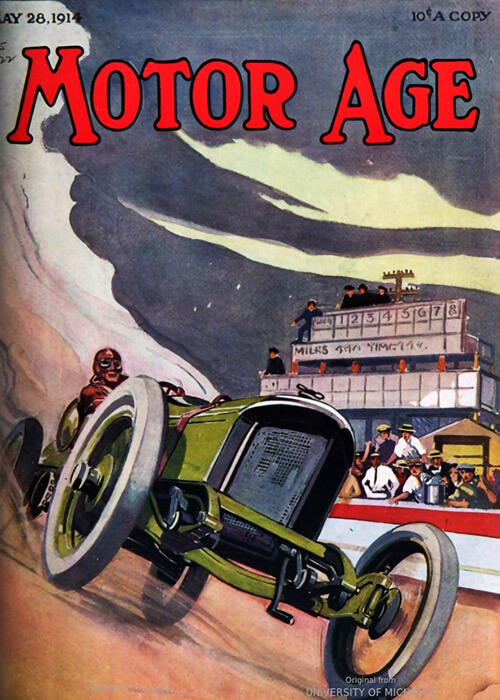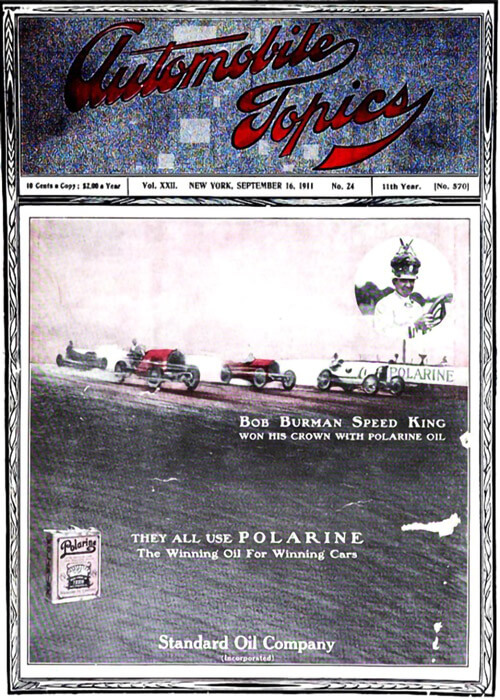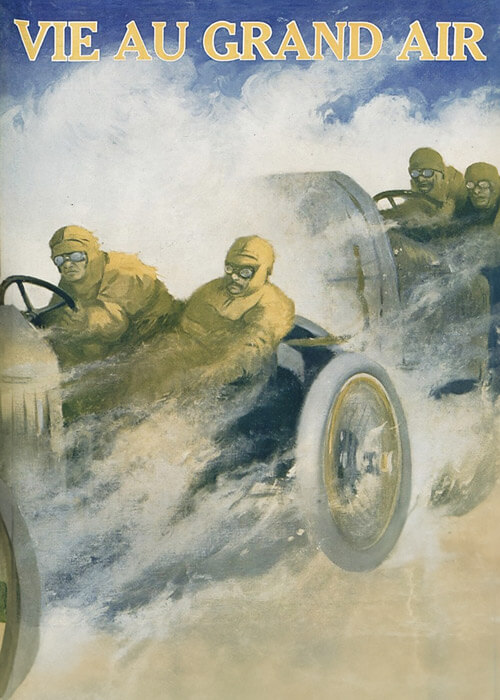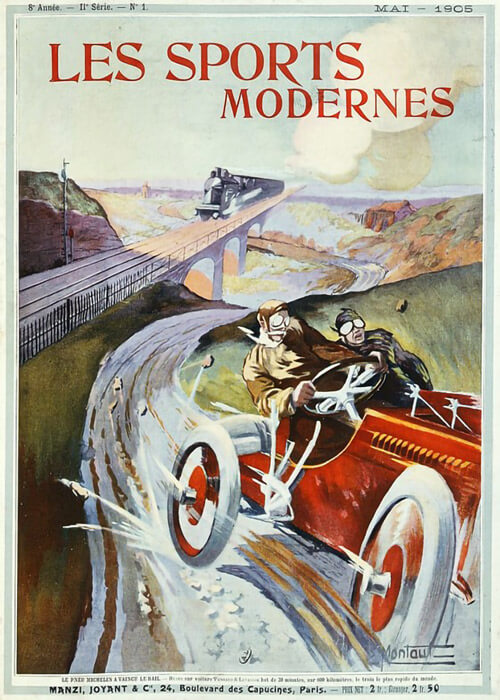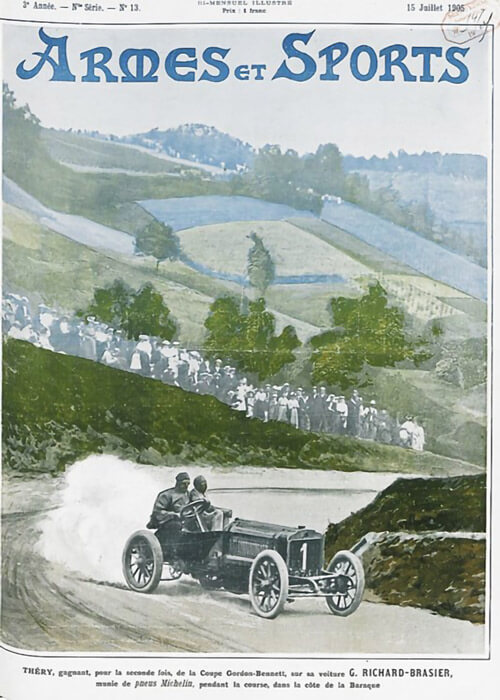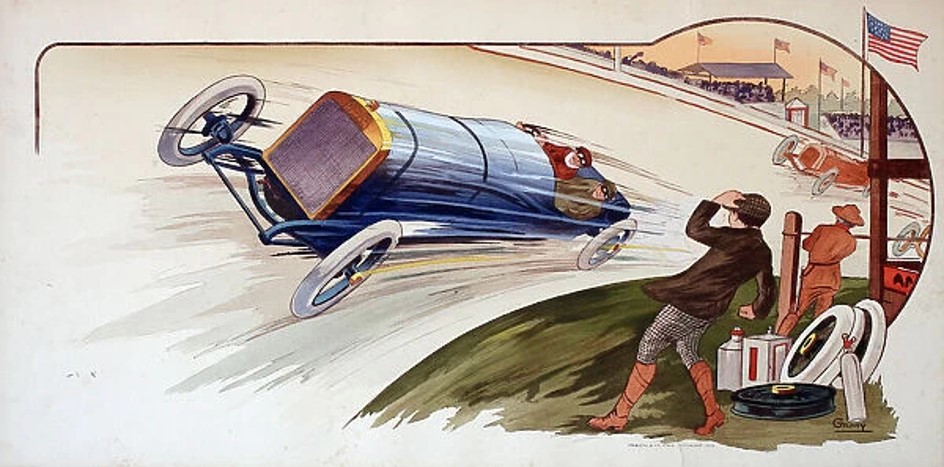The 1924 Indianapolis 500: Boosted to victory. – There are several examples of automotive engineering technology of which a lot of work to optimize it, has taken place at Indianapolis; even gained most of their reputation and fame due to their use over there. One of first of these technologies was the centrifugal supercharger. Inspired by the supercharged Mercedes of a year ago, as well as their experiences with aeronautic engines gained during WW1, the Duesenberg Brothers used their aero connections to develop a blown version of their 2 liter Straight-Eight engine. These Duesenberg partners convinced them to go for the centrifugal supercharger. Two of the four Duesenberg’s were fitted with a blown engine. Joe Boyer retired the first one early on in the race but then took over the sister car from L.L. Corum. With the instruction to „win or burn her up“, Boyer came home first; the first time in Indy history that Co-Winners were celebrated. Despite the rather marginal power gains by that type of supercharger, it was the one device on the winning car that the beaten opponents (primarily Millers) did not have and for many, that must have made the difference. Duesenberg had a lead whith Harry Miller and he was to follow. It was the start of an era that would see some of the most legendary and most sophisticated American racing cars ever built appearing at Indy. 1924 had only been the start…… Later that year however, the American race world would be shattered by the loss of three prominent drivers: Joe Boyer, Jimmy Murphy and Dario Resta lost their lives within a period of three weeks in September.
Indianapolis 500 - 1924
The Horseless Age
MoToR
Motor Age
The Motor World
The Motor Way
The Automobile
Automobile Topics
The Automobile Journal
La Science et Vie
- La Construction des Pistes Speciale - July 1924
